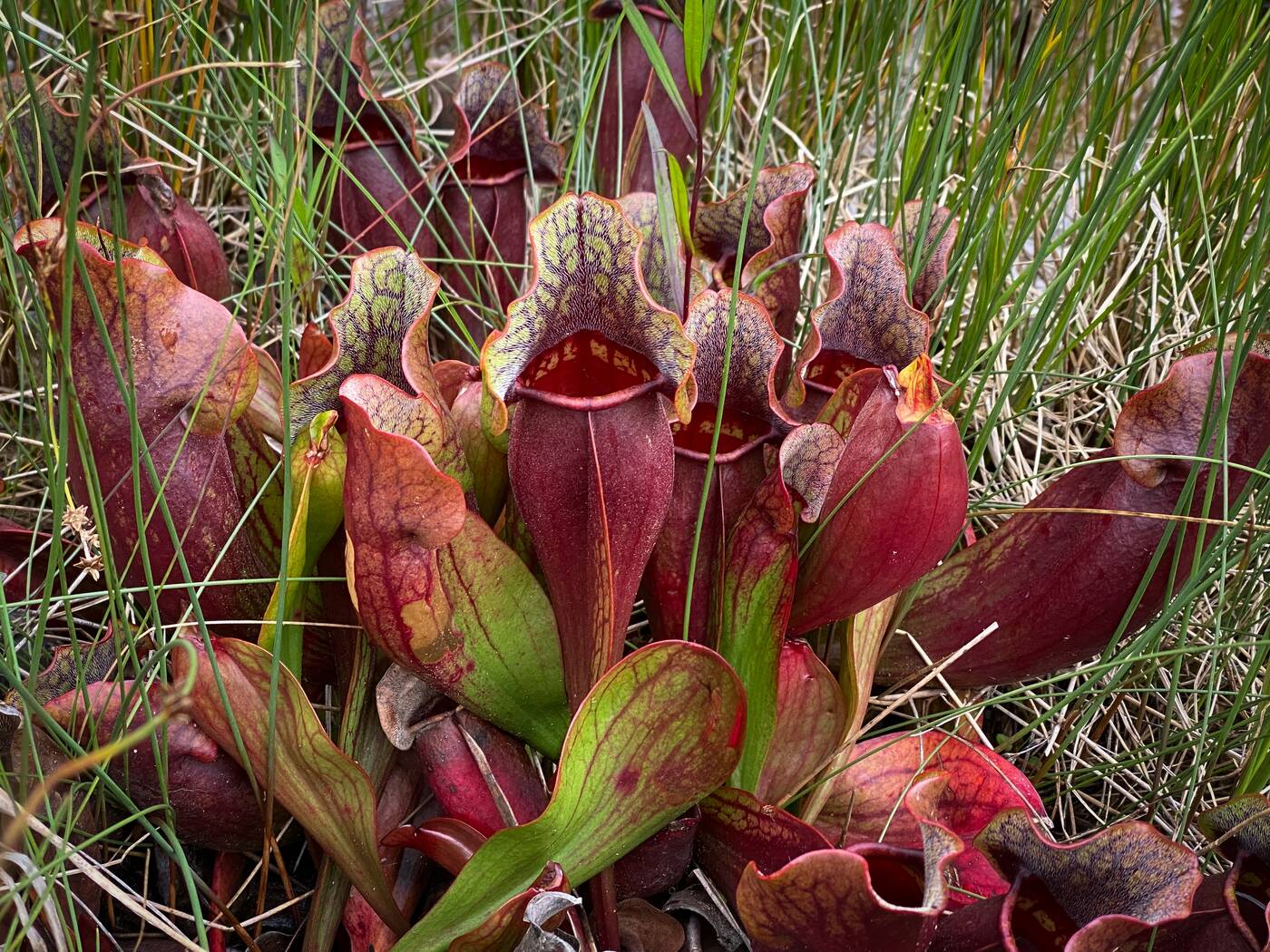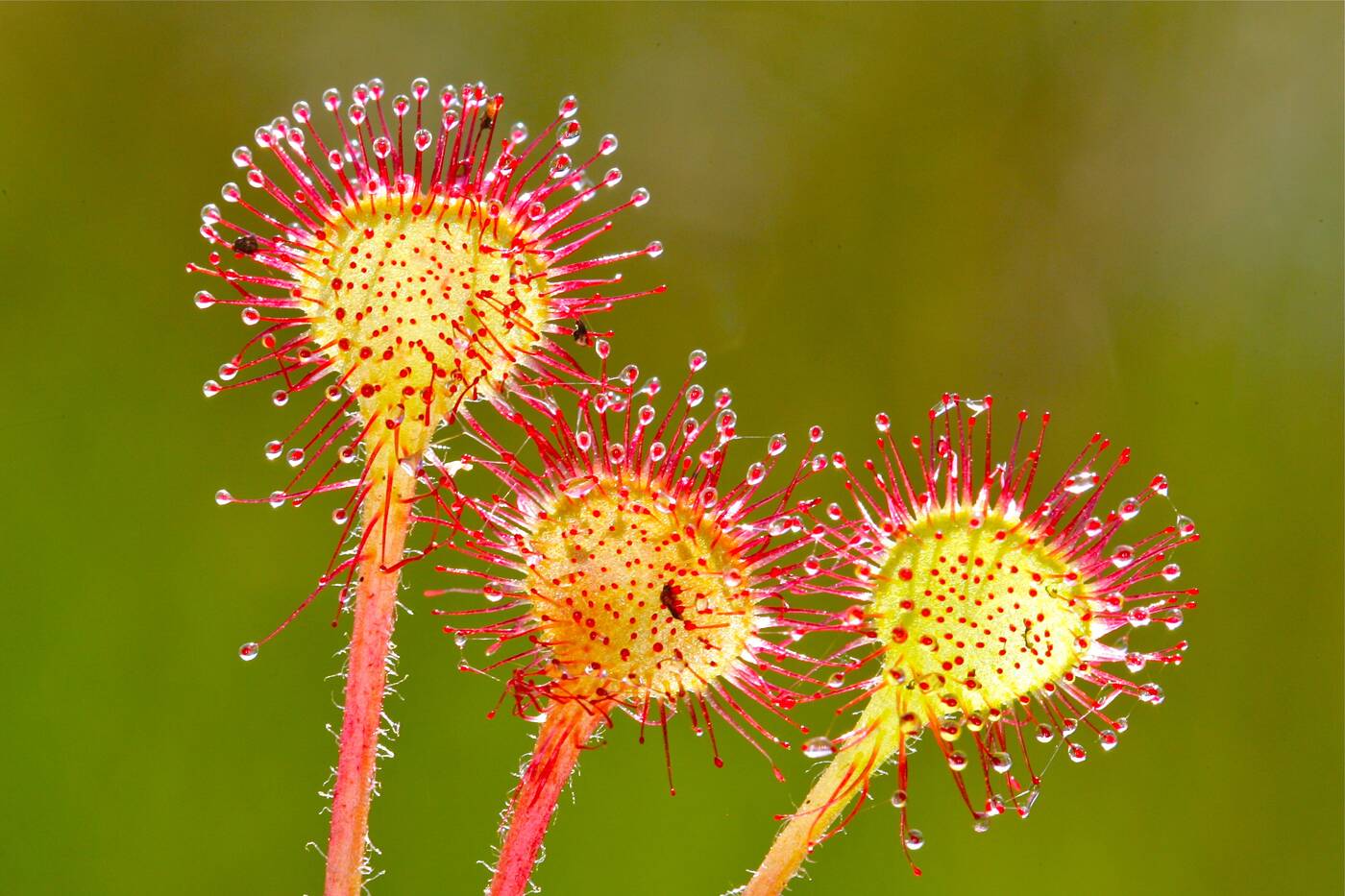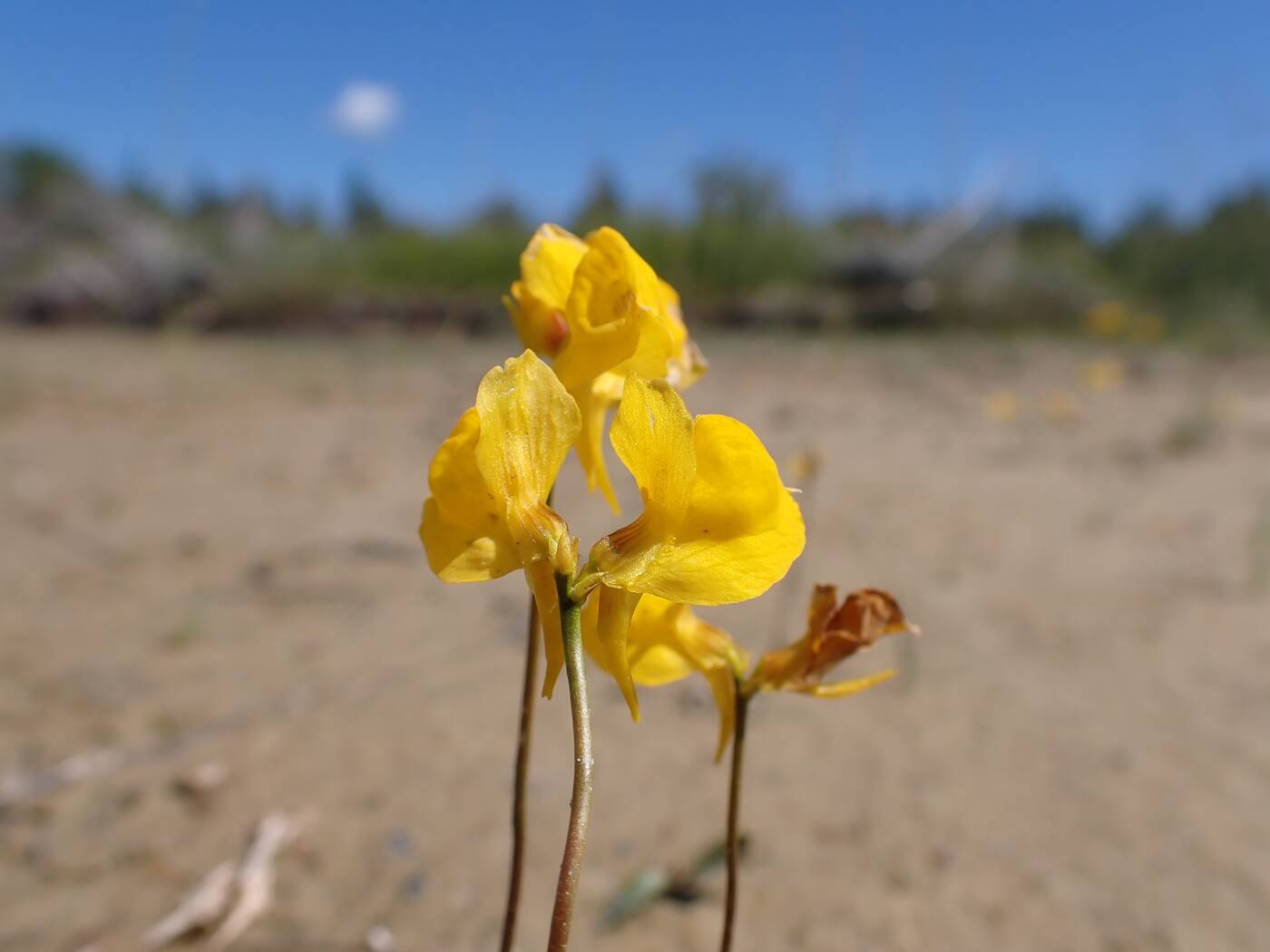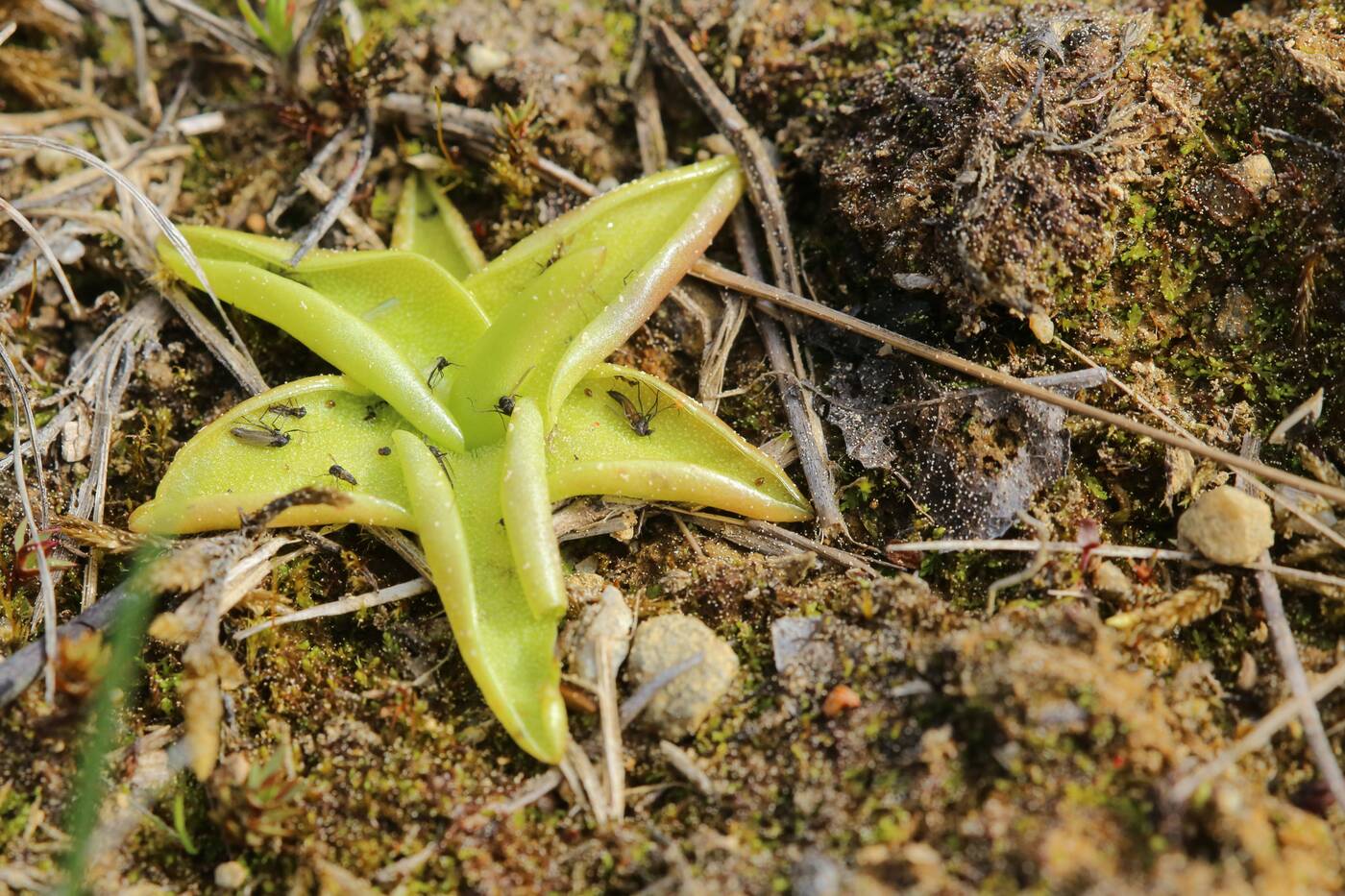
Several species of bug-murdering carnivorous plants live right here in Ontario
While most people will picture your classic Venus flytrap when asked to think of a carnivorous plant, there are actually several insect-loving species here in Ontario, some of which you've probably never heard of before.
Although the name of the group of plants carries an ominous undertone, there's no reason to fret, as the plants derive some or most of their nutrients from insects, arthropods, and occasionally small mammals — but definitely not human blood.
Here are four carnivorous plant species that can be found right here in Ontario.
Pitcher Plant
Officially recognized as Newfoundland and Labrador's Provincial Flower, this carnivorous plant can be found in bogs and fens all across Canada.
Depending on its location, the species will vary in colour from yellow-green to deep purple, with its appearance helping to attract prey such as flies, mites, spiders, and sometimes even small frogs.

Photo: EWY Media/Shutterstock.
Aside from its alluring colours, the plant lures insects with sweet-smelling nectar that emanates from the rim of its tubular leaves. The slippery rim of the species' insect-trapping body plus its downward-pointing hairs prevents prey from gaining the traction necessary to escape.
At the bottom of these pitchers is a pool of sugars and digestive enzymes that help to dissolve the plant's prey almost instantly.
Sundews
Known for their sticky leaves, these plants generate the most secretions when the sun is at its height, hence their name. The species grows exclusively in bogs, and obtain nutrients from insects that get trapped by the sticky hairs on their leaves.
The carnivorous species boasts long tentacles that protrude from its leaves, with a sticky gland at the tip that produces nectar to attract prey.

Photo: W. de Vries/Shutterstock.
As soon as an insect gets trapped, surrounding tentacles wrap around the insect and smother it. Sundews can actually kill a trapped insect in just 15 minutes, but may take a few weeks to digest it.
Horned Bladderwort
While this plant may seen as inconspicuous at first, its leaves — which are threadlike and found in shallow water or wet soil— have small bladders that help to trap small invertebrates.
When the plant's hairs are disturbed, the bladder opens suddenly and sucks in the prey, which provides it with nitrogen.

Photo: Dan4Earth/Shutterstock.
This plant is known to consume minute crustaceans, including fairy shrimps and water fleas, as well as paramecia, such as rotifers and microscopic insect larvae. The Horned Bladderwort can be found in wet places, such as bogs, fens, shores of rivers or lakes, swamps, and wetland margins.
Common Butterwort
This plant's bright yellow-green leaves excrete a sticky fluid that attracts prey, and once captured, its leaves wrap around the insect and digest it.
Digestive enzymes help to break down the prey so that the leaf can absorb the necessary nutrients, and once finished, the plant's leaves uncurl to release the indigestible part of its prey.

Photo: Jojoo64/Shutterstock.
The plant is most commonly found in calcium-rich sites, such as rocky or sandy shorelines. Traditionally, people believed that rubbing the juices of the plant's leaves into the udders of cows would protect against evil and bad butter, hence its name.
shaftinaction/Shutterstock
Latest Videos
Latest Videos
Join the conversation Load comments






